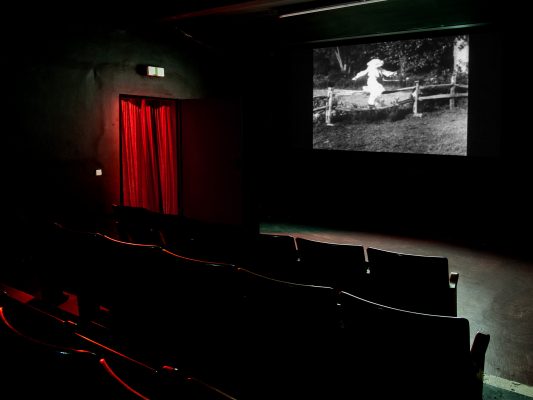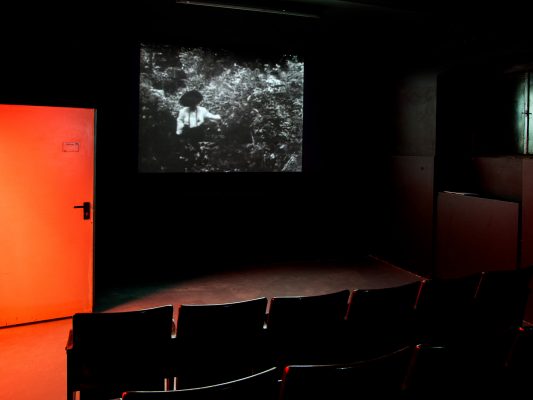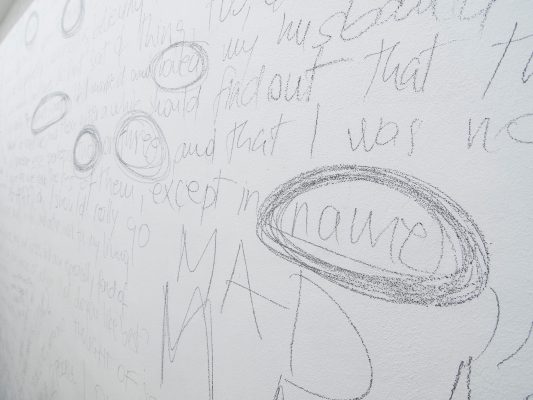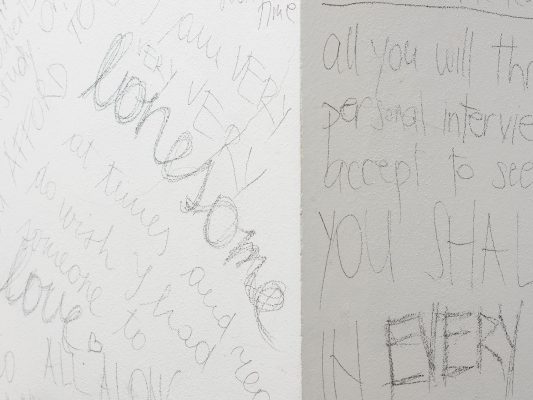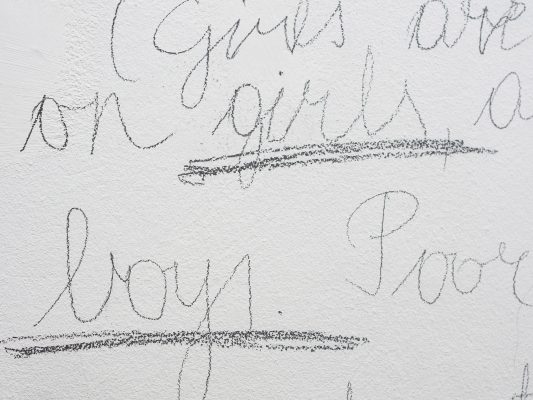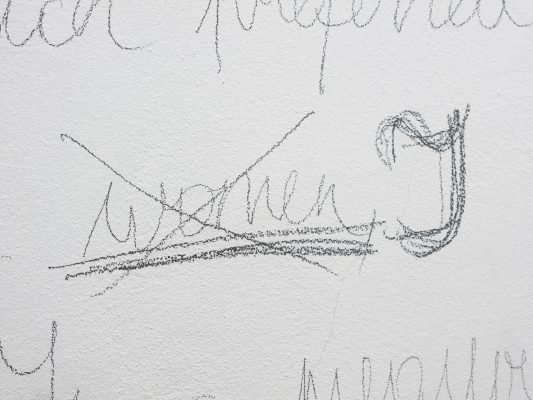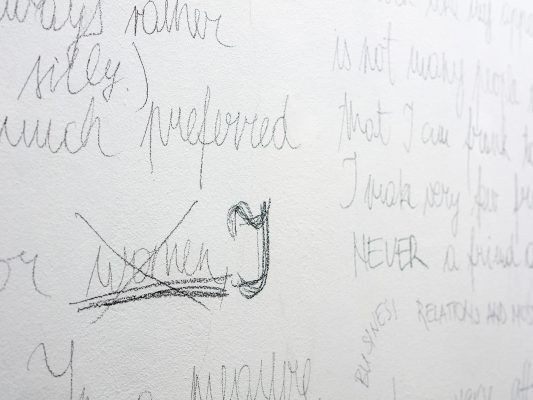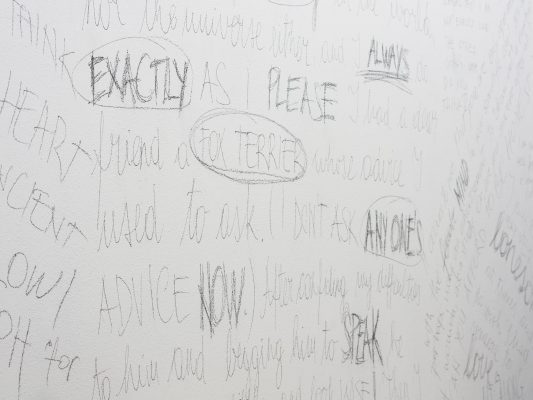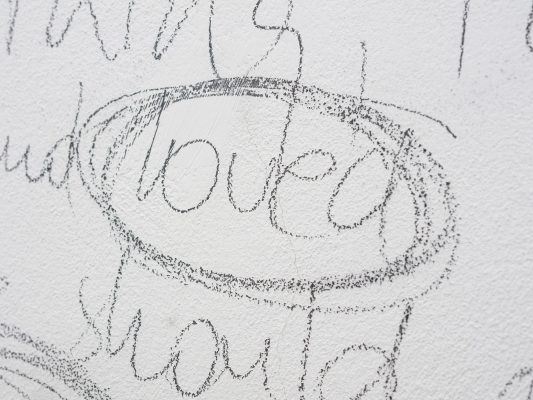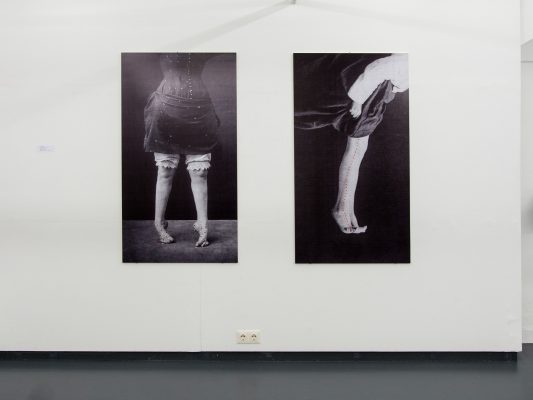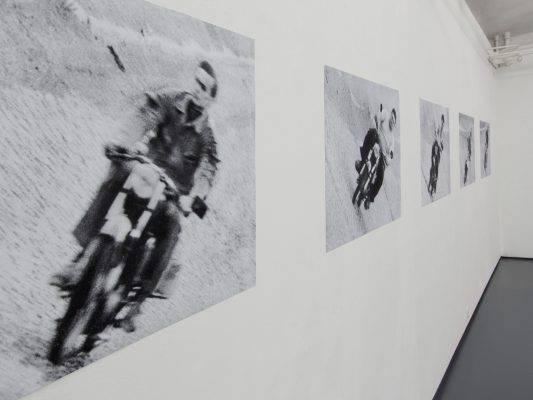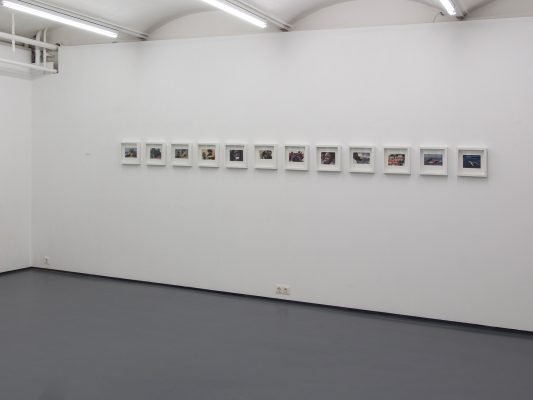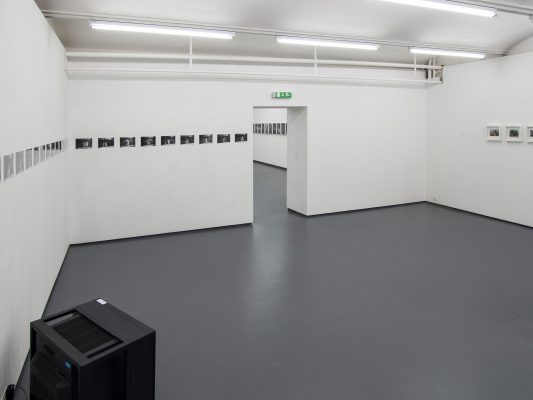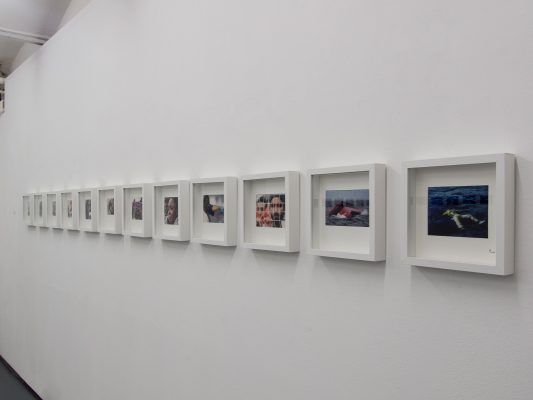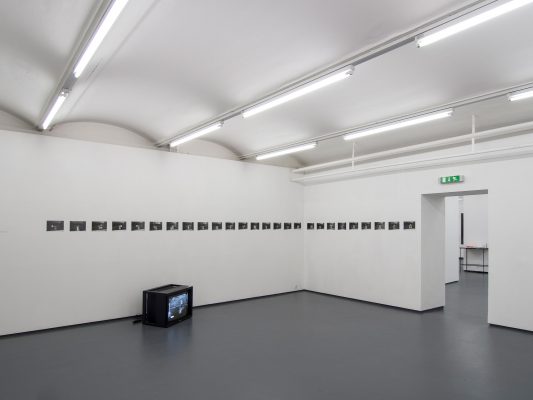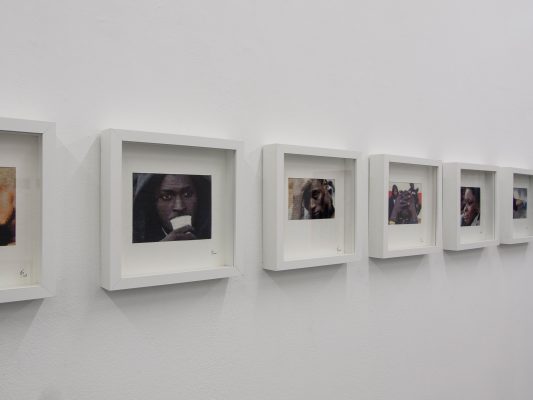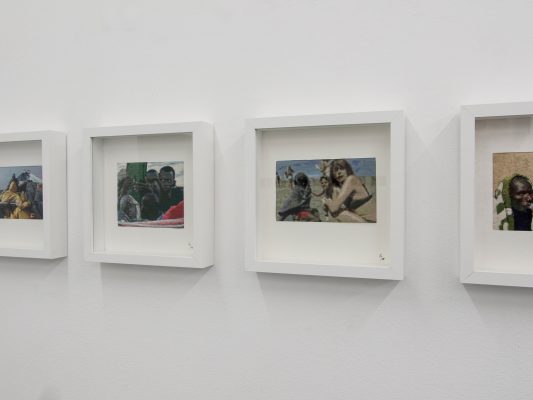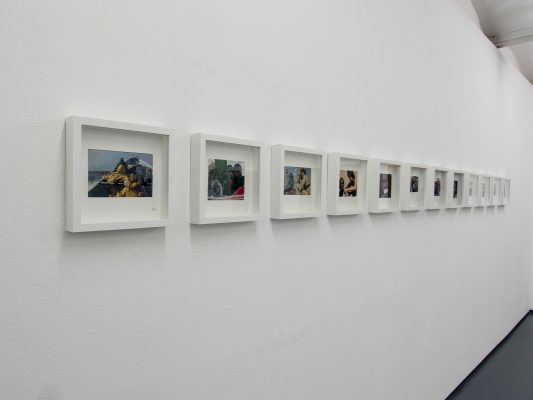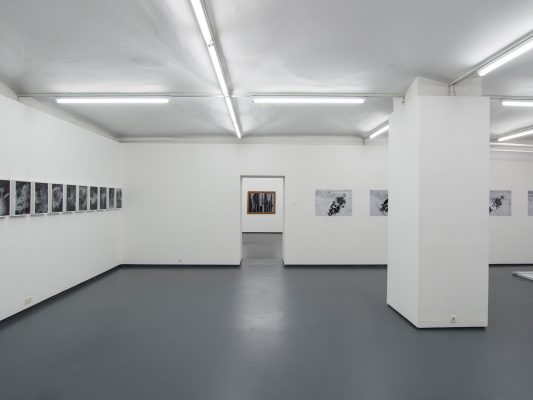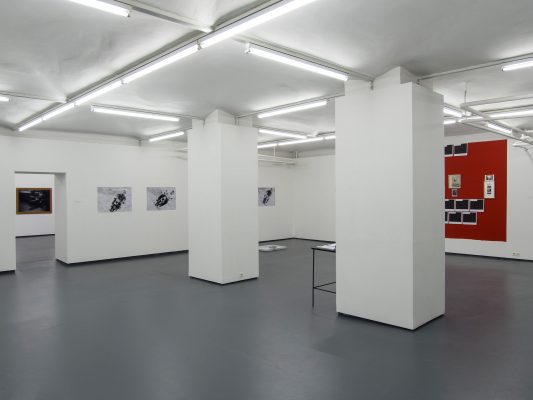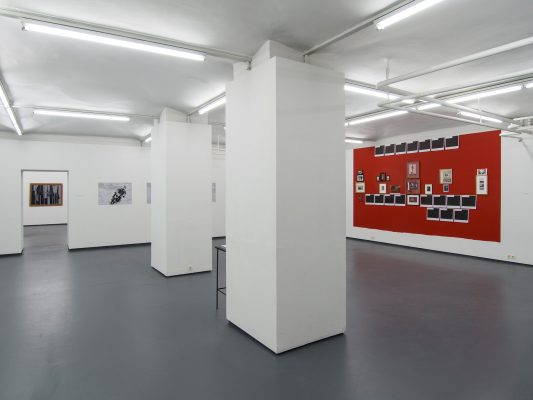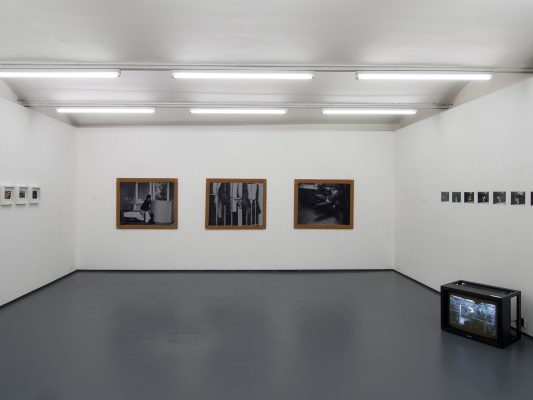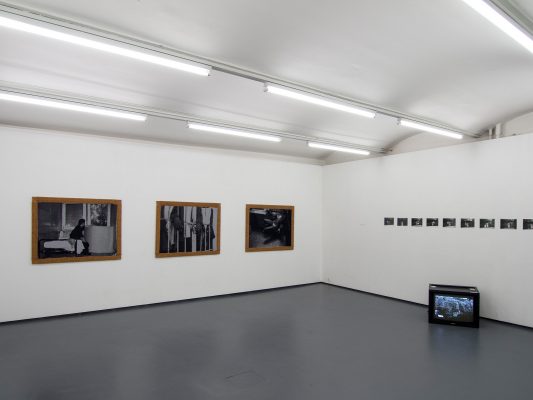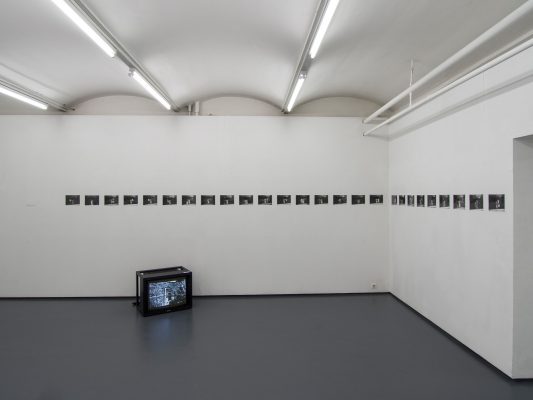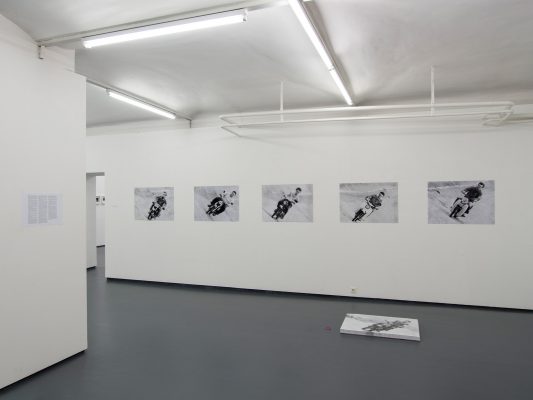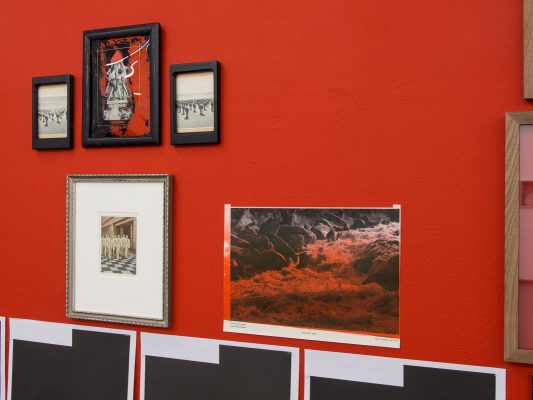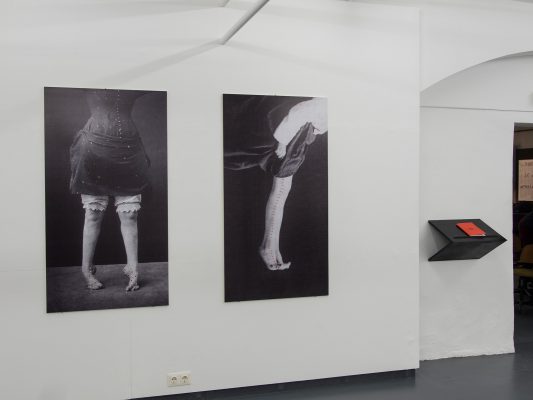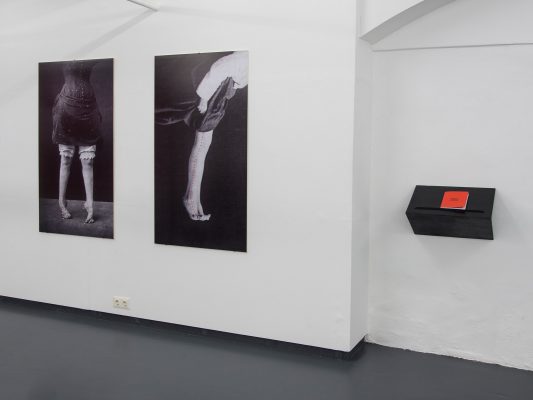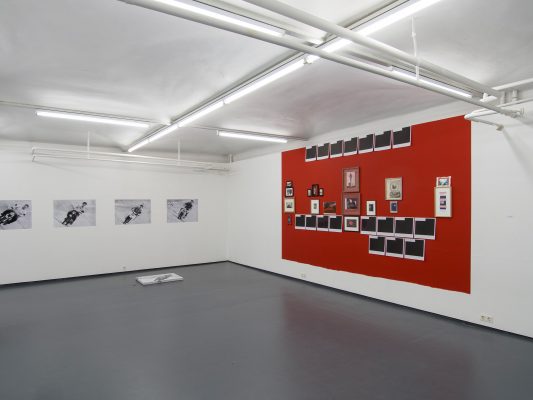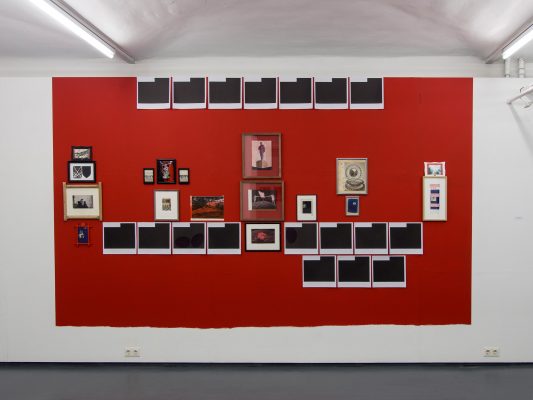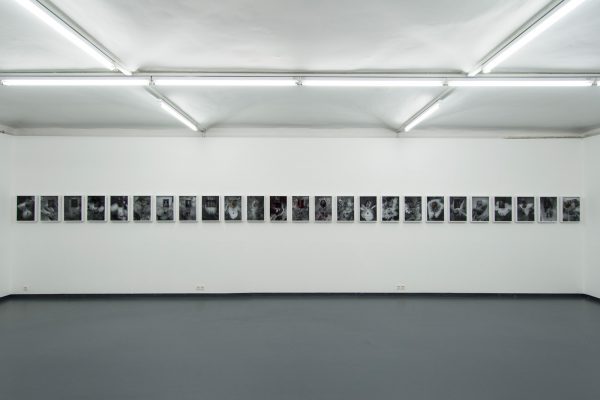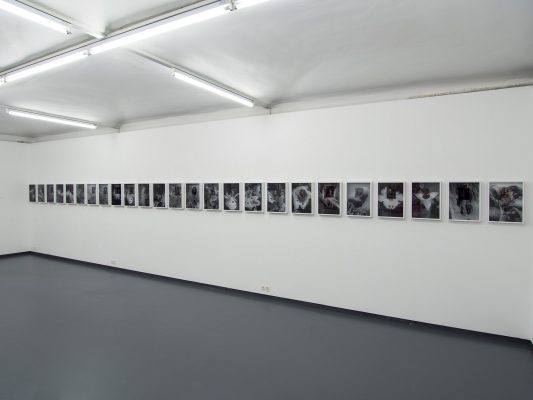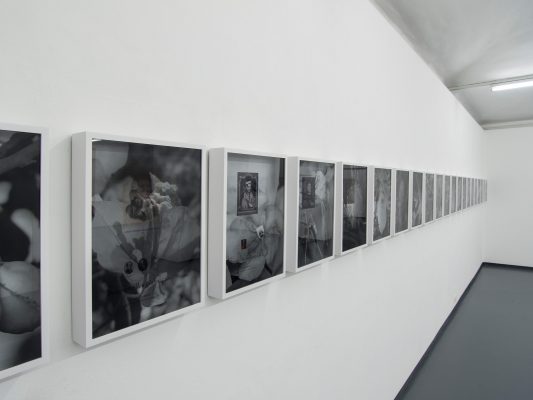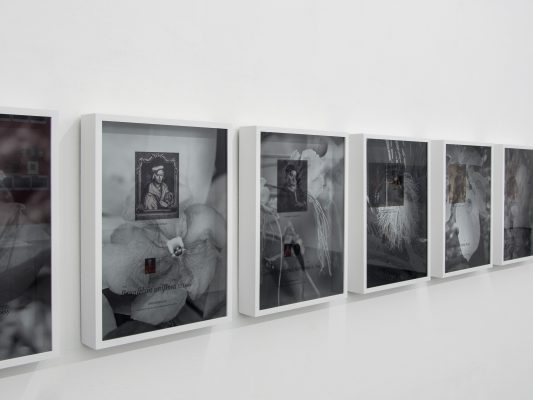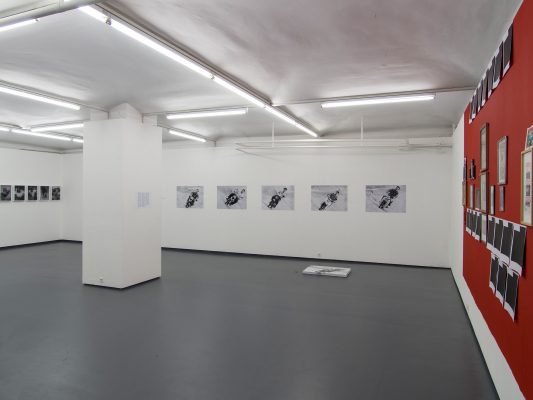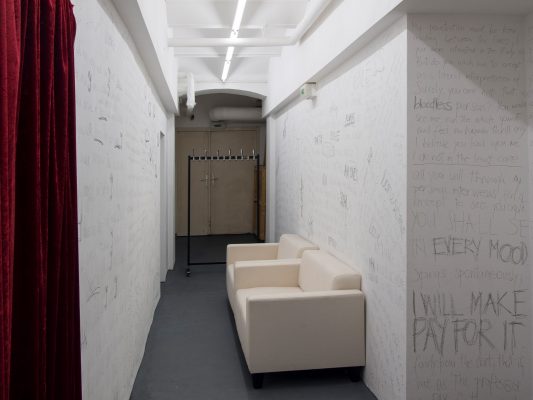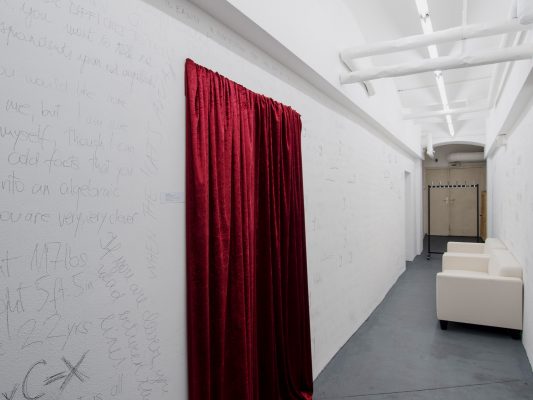Opening: Monday, 17 December at 7 p.m.
Introduction: Petra Noll
Presentation of the catalogue and finissage:
Friday 25 January 2013 at 7 p.m.
sponsored by: BMUKK, MA7-Kultur, Flemish Government¸ Cyberlab
Because of the current noticeable affinity towards the use and recontextualization of found material in the work of many artists active in international art discourse the curatorial team of the FOTOGALERIE WIEN, together with art historian and curator Petra Noll, has developed APPROPRIATION as the special focus for this year. The conceptual basis is provided by the Appropriation Art of the 1970s and 1980s in which artists conceptually appropriated pre-existing art works. The tripartite series of exhibitions takes the subject a little further and presents photo and video artists who are involved with found footage material from very different contexts or employ strategies of re-enactment in order to open up new perspectives and pictorial realities. Over and above the central themes of Appropriation Art – authorship and originality – the concern here is with issues of representation and perception, with the politics of social and cultural confrontations as well as with history, memory and identity. In the context of APPROPRIATION the mediums of photography and film which, per se, point in the direction of the past, offer an additional level for reflection.
In the third exhibition on the subject of APPROPRIATION, with the secondary title SOCIO-CULTURAL CONDITIONING, five artists from Western and Eastern Europe will be presenting works based on found footage material and concerned with questions of social and cultural politics. Their sources are to be found in archives and the media as well as in scientific and literary publications. They not only research and analyse the history of countries and the mechanisms of depiction, classification and representation, but also the closely related issues of their own origins and identities. The imaginative reworking of the basis material does not only allow a re-evaluation of history, but also opens up new aspects for understanding the present and oneself.
Tanja Boukal was born in 1976 in Vienna and lives there. The socially critical series Am seidenen Faden (Hanging by a thread), a work in progress since 2008, is based on newspaper pictures of refugees which have been hand embroidered, pixel-for-pixel. The title refers to both the technique employed and the fate of the migrants whose lives literally hang by a thread during a boat trip that leads to an alleged paradise. Boukal confronts our fleeting attention to images (even those with dramatic contents) with the slowness of embroidery – it is a struggle against time, forgetting and suppression as well as indifference. The large format pictures of the All that Glitter and Gold (2010) series, knitted images mounted in knitted golden frames, deal with the same subject. These too are based on photos – in this instance black and white ones – of migrants in the real context of their refuge. Titles, material and frames stand in contrast to the content which provides an impetus for more visual attentiveness.
Photographer Jens Klein, who was born in 1970 and a resident of Leipzig, is showing works from the Hundewege. Index eines konspirativen Alltags (Dog Tracks. Index of a Conspiratorial Daily Life) (2009 – 2012) series, part of a work group concerned with the construction of history. At the same time it engages with the former GDR, his native country, as well as with his own origins, memories and identity. During research in the Stasi (State Security) archives, Klein ran across photos of alleged regime opponents taken surreptitiously by staff members. These he reorganized into subject-specific picture sequences (moped riders, pedestrians, post boxes) and combined them with fictitious and literary text material. This de-contextualisation and serial reordering shifts the focus onto the everyday human situations. Here, Klein is interested in the question of how suitable these State Security photographs are for a description of everyday life – even though they were not originally intended for this purpose – without losing sight of their original intention (control and surveillance), which apparently did not stop at even the most banal of situations.
Svätopluk Mikyta was born in 1973 in Cadca/Slovakia and lives in Bratislava and Ilja. One of his special foci as an artist is the use of drawing to re-work photographic reproductions from historical illustrated books. He then combines the re-worked photos into series and presents them as installations. Mikyta is concerned with researching, questioning and re-evaluating the history – in particular, examining totalitarian developments, past and present – of his native country, Slovakia, but also including Central Europe. This involves looking at one’s own memory and identity too. In reworking the photos he consciously refers to the suggestive aesthetics of socialist regimes: for this reason he likes to use the expressiveness of the colour red, which stands for political totality, blood, emotion and disturbances. Important themes in his conceptual works are socialist mass gatherings and body culture events as well as Eastern European national and religious symbols which he refashions in a way that allows new connections to be made with the present.
Paula Muhr, born in 1977 in Serbia and presently a resident of Berlin, is showing the audio-visual installation Females under tension (2010/11). It is an examination of the representational practices relating to femininity, sexuality, desire and normality in films, photographs and texts of the late nineteenth and early twentieth centuries and their influence on present-day gender discourses. One of the starting points was the book “Abnormal Woman” by Arthur Macdonald (US, 1895), who carried out at times painful measurements on women as part of his research. For a video work Muhr took scenes from the film How a French Nobleman Got a Wife… (Edison Company 1904), in which a hysterical crowd of eleven women pursues a man who inserted a personal advertisement for a wife in a newspaper. She added a soundtrack of statements made by present-day women – as an answer to the old announcement by Macdonald – about their expectations of relationships to men. In addition, Muhr stuck pins into two historical medical depictions of women who had had attacks of hysteria – an analogy to Macdonald’s questionable experiments.
Ana Torfs was born in 1963 in Mortsel/Belgium and lives in Brussels. The photographic series Family Plot #1 (2009) relates to the systemic organisation of nature and, in particular, the binary nomenclature of the Swedish natural scientist, Carl Linnaeus (1707-1778), the “father of modern taxonomy”. On the basis of his system of classification, botanical and zoological genera and species were sometimes given the names of their “discoverers” or other important persons – usually Western, white men – and the indigenous names usually ignored. This obviously authoritarian and elitist system of name-giving was the motivator for Torf’s Family Plot #2. The work presents a “family tree”-like structure of photographic reproductions of historical portraits of Linnaeus and 24 name-givers plus, on a smaller scale, a picture of the botanist who bestowed the names and a diagram of the name and its position in the taxonomy. Torfs places this “documentation” beneath a black and white silkscreen image (on glass) of the flower or fruit. The contrast of these two visual levels – wonderful, sensual and erotic flowers and fruits in close-up in confrontation with traditional, official portraits and rational schemata – propels the rigid and ideological categorisation beyond Linnaeus into the absurd. geführt.
(textual support: Petra Noll)
